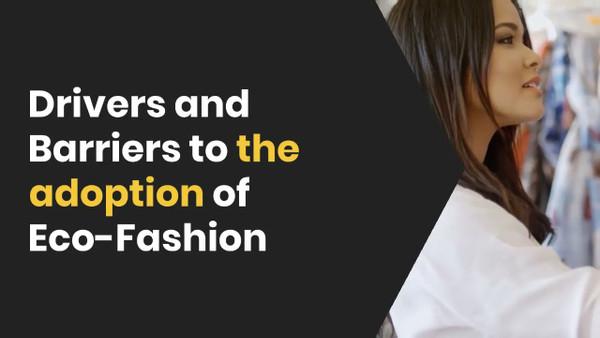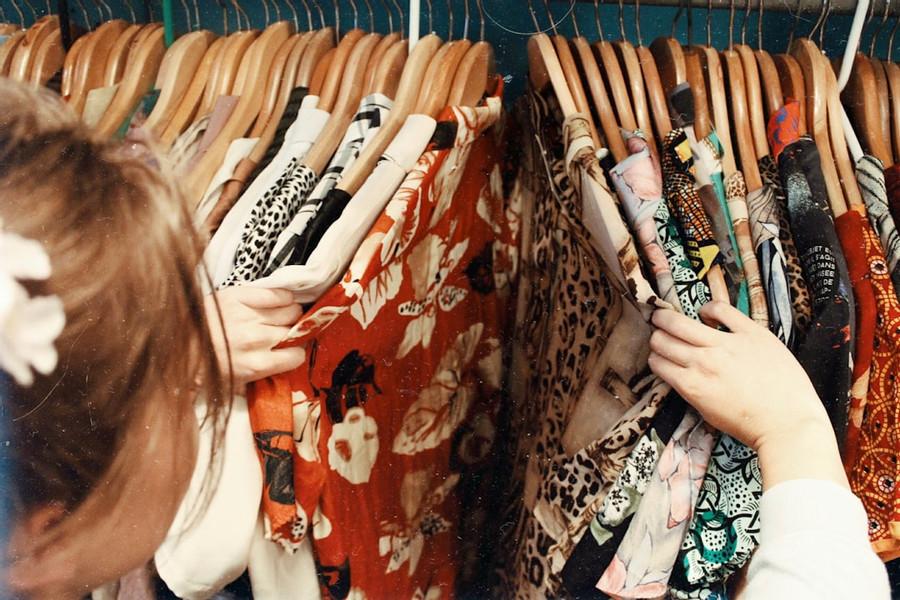Influencing factors and barriers in the adoption of Eco Fashion (sustainable fashion)
Curated from: Weekly Concepts
3
Explore the World's Best Ideas
Join today and uncover 100+ curated journeys from 50+ topics. Unlock access to our mobile app with extensive features.
Rise of Fast Fashion
The fashion industry, in particular, has been criticized for promoting fast consumption of clothing and accessories, resulting in increased amounts of clothing going to landfills globally.
Meanings of clothing are cultural just as the meanings we assign to music, food, furniture, and health beliefs are cultural.
In short, the completeness of our symbolic universes.
5
53 reads
Meaning of eco-fashion (sustainable fashion)
Eco-fashion is a focus on clothing that takes into account not only the environment but the health of the consumers who will be wearing the clothes and the working conditions of the people involved with making the clothes.
Earlier fashion-conscious consumers would at least wait for six months before disposing of their clothes, however, due to fierce competition and offshore manufacturing, the turnaround time from purchase to disposal has been reduced to weeks now.
4
35 reads
5 factors that influence the adoption of eco-fashion
1) Affordability: the cost of the garment motivates the consumer to use it for a longer duration.
2) Awareness: European consumers are pretty much aware of eco-fashion as compared to Asian and Middle-Eastern consumers.
3) Celebrity endorsements: consumers are comfortable buying eco-fashion if a well-known celebrity endorses it.
4) Brand: brands & corporations are adopting strategies in order to become sustainable so that what we wear doesn't wear out our planet.
5) Style: fashion is an effective tool used by consumers to show off their material wealth, and status in society.
3
29 reads
4 factors that act as barriers to the adoption of eco-fashion
1) Price: for most consumers, the higher cost of eco-fashion keeps them away from buying it.
2) Cheaper fast fashion: leading fast-fashion clothing companies like Zara and H&M to offer clothes at very competitive prices and thereby hinder sustainable consumption.
3) Availability & Accessibility: considering eco-fashion is still a niche sector consumers bring forth the issue of availability and access to eco-friendly clothing.
4) Unattractive Styles and Perceived Quality: the fear of being perceived as frugal or poor, hygiene and sanitary aspects deter consumers from adopting eco-fashion
3
37 reads
IDEAS CURATED BY
CURATOR'S NOTE
As eco-fashion is still a niche sector, it is extremely challenging to compete based on price as these companies do not enjoy the economies of scale benefits as compared to their fast fashion counterparts.
“
Weekly Concepts's ideas are part of this journey:
Learn more about scienceandnature with this collection
The history of fashion
The impact of fashion on society
The future of the fashion industry
Related collections
Similar ideas
1 idea
Walt Disney's Three Thinking Style
Weekly Concepts
2 ideas
How jewellery got personal
bbc.com
4 ideas
Read & Learn
20x Faster
without
deepstash
with
deepstash
with
deepstash
Personalized microlearning
—
100+ Learning Journeys
—
Access to 200,000+ ideas
—
Access to the mobile app
—
Unlimited idea saving
—
—
Unlimited history
—
—
Unlimited listening to ideas
—
—
Downloading & offline access
—
—
Supercharge your mind with one idea per day
Enter your email and spend 1 minute every day to learn something new.
I agree to receive email updates



